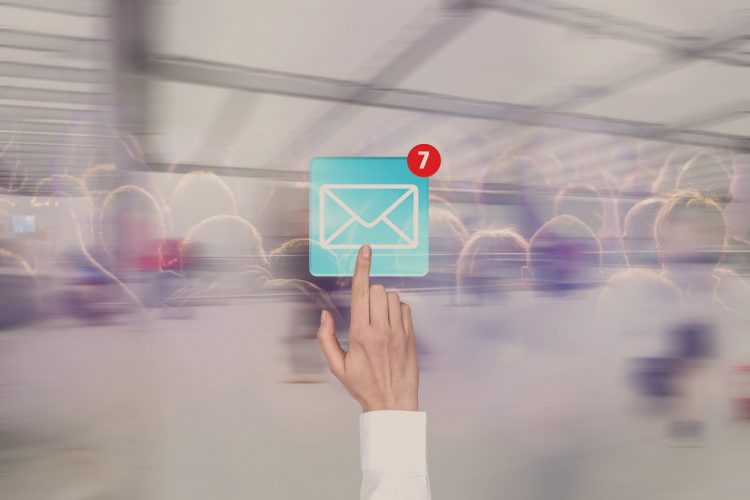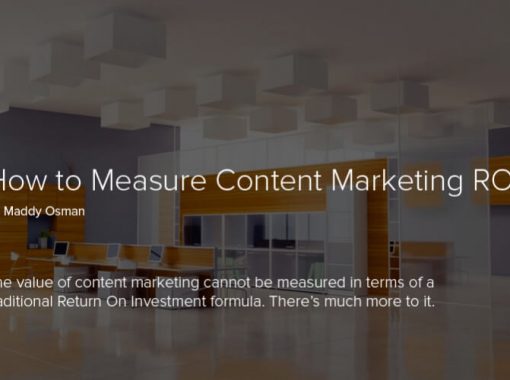
7 Integral Dos and Don’ts of Email Marketing
If you don’t have a giant marketing budget to play around with, you can pretty much write off making it into the Facebook news feeds of your followers these days.
It’s so important for companies to have a direct line of communication with their audience.
It makes sense then that businesses turn to email marketing. Not to mention, email has a 400% higher ROI than any other form of marketing.
At the same time, things can turn bad fairly quickly. You can delete a cringeworthy social media post but you can’t unsend an embarrassing email campaign.
The Top 7 Dos and Don’ts of Email Marketing
1. Email Lists
DON’T leave your list up to the powers of the universe. People change their email addresses or fall out of interest. Maintaining poor records of your subscribers will leave you sending emails out into the void which will sabotage your marketing efforts and give you way too many bounces.
DO use opt-in methods to ensure subscribers really want to join your mailing list. Go through your list after each campaign to double check the bounce rates.
DO break up your list into subsections based on open and click-through rates. Use tools built into platforms like MailChimp to target different segments of your audience with unique campaigns.
2. Subject Lines
DON’T underestimate the importance of subject lines. Far too many marketers devote the bulk of their time to the email content itself. What’s the use in a great email if no one wants to open it?
DON’T use a ton of punctuation like exclamation points – it screams “scam.”
DO devote considerable time to developing subject lines. If your marketing team spends five hours writing the body and designing the email, they should spend an hour or two crafting a killer subject line. After all, an intriguing email subject line can boost your open-rate by 22.2%.
DO pepper in an emoji or two to increase your open-rate by a whopping 56%.
3. Mass Emails
DON’T send the same email to your subscriber list multiple times. Or worse: the same email to the same people multiple times. Not only will people avoid opening your email, but several might open it just to unsubscribe.
DON’T use spammy words like “free,” “sale,” or “one-time offer.”
DO make your email campaigns as personalized as possible. Develop custom emails for different segments of your list. This will improve your open rate and give your audience valuable content.
4. Mobile Optimization
DON’T forget to develop emails with mobile users in mind. Not only will this boost your open rate, but it will avoid setting off spam filters. If you’re unsure, run some tests to double check your campaign’s mobile optimization.
DO write copy and subject lines that are catchy and interesting. People do almost everything on their phones – give them a good reason to open your message.
5. Email Intention
DON’T send redundant or unclear emails. If people can’t understand what you want them to do, they won’t do it, and they might trash your mailing list altogether.
DO design emails with a very clear purpose and goal. Put thought into your call-to-action and structure your email thoughtfully. Limit yourself to one or two CTAs to increase your potential for actually converting.
6. Timing
DON’T brush off your email’s timing because it can make or break your entire effort. How long will people be able to claim the discount code? Will your subscribers want an email from you at 10 PM on a Tuesday?
DON’T send out bulk emails to make up for lost time. People have too much in their inboxes already – they don’t need you sending them three emails in a row because you forgot to keep up with your marketing.
DO schedule your campaigns and put special thought into the timing.
DO keep things consistent and use the rule of quality over quantity.
7. Images
DON’T rely on images to carry your entire message – people perceive images in different ways which can get confusing. Plus, lots of subscribers may have their email image settings turned off.
DO use images sparingly to reinforce your purpose and add value to your copy. Think of images as supplements and your copy as a balanced diet.
Keep a Healthy Level of Humbleness
Email marketing allows you to reach a huge audience in seconds and provides a direct line of communication with your audience.
Tread lightly.
One mistake can wreak havoc on your reputation and bottom line. The trick is to maintain a healthy level of humility and take special care to craft an engaging and relatable email campaign.
David is a regular contributor to the ContentWriters blog. He is the founder & CEO of Magnificent Marketing and brings 20 years of sales, marketing, strategy, and branding experience to the table.




